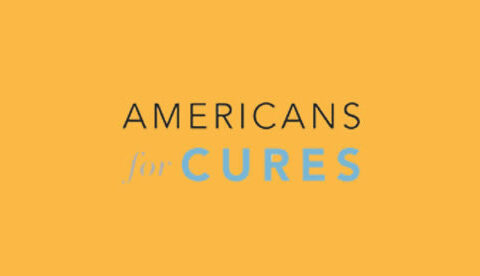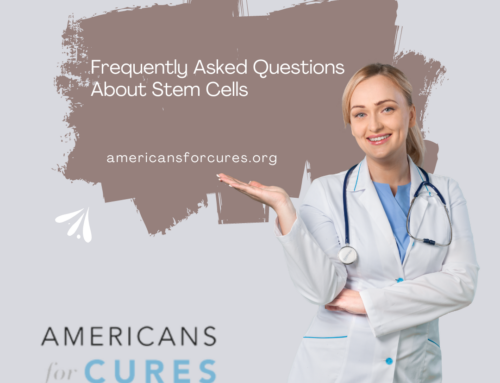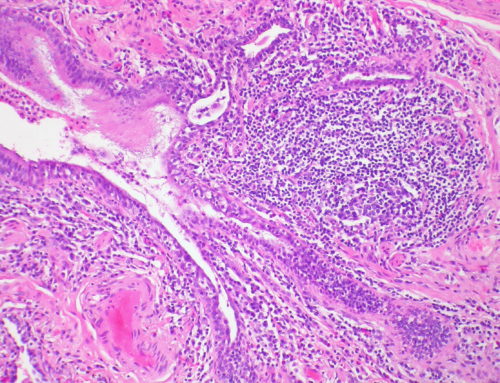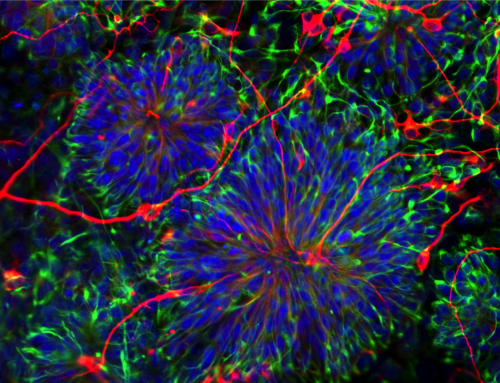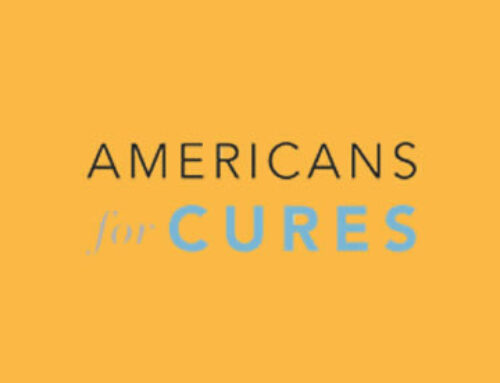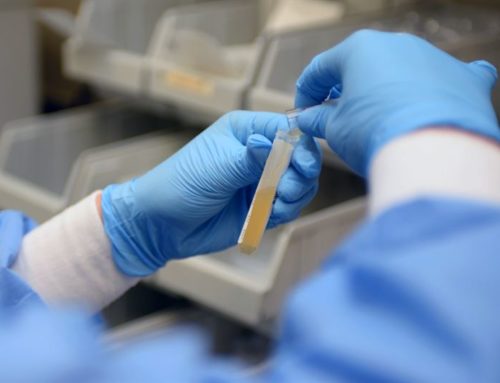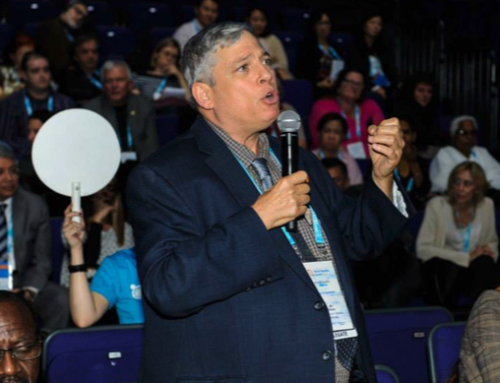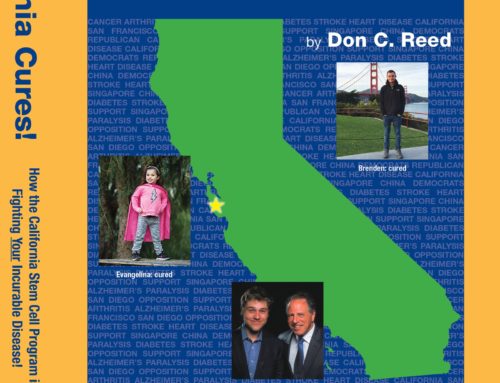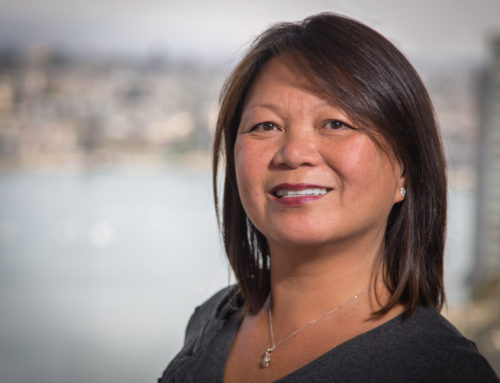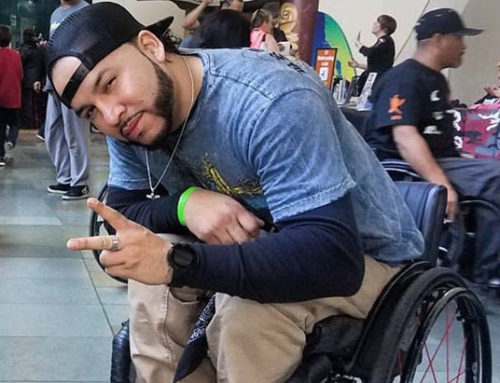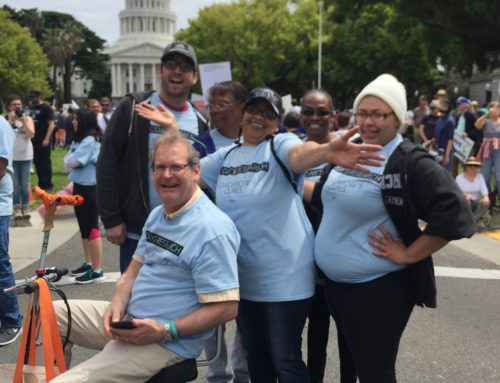Do you want to become a stem cell scientist, or know someone who does?
If so, this article is a Christmas gift for you; or, more accurately, three gifts— all from the California Institute for Regenerative Medicine (CIRM), which our beloved state voted into law in 2004.
First, if you are in High School or college, would you like your science teacher to teach a stem cell program? If so, there is a free stem cell curriculum ready and waiting for her/him to teach. This was developed with the cooperation of CIRM as part of Senate Bill 471, (Romero, Steinberg and Torlakson), the California Stem Cell and Biotechnology Education and Workforce Development Act of 2009.
It offers a wide variety of teaching materials, a full curriculum:
“On this site, you will be able to: explore opportunities for teaching your students about stem cell science; find resources for student projects; locate a scientist to discuss stem cell science with your class; get involved in the growing areas of stem cell research and biotechnology.”
Second, for high school students, here is an amazing possibility.
Would you like to spend a Summer working in a stem cell research lab?
SPARK: the Summer Program for Advancing Regenerative Medical Knowledge offers you that chance.
Interested? Here is the person to contact.
Dr. Karen Ring (Kring@cirm.ca.gov) Ask her about SPARK.
Dr. Ring: (SPARK) “offers California high school students (the) opportunity to gain hands-on training in stem cell research at some of the leading research institutes in California. The… program specifically selects students who represent the diversity of California, particularly those who might not otherwise have opportunities … due to socioeconomic constraints.”
Here is another viewpoint, this one from Dr. Victoria Fox, (PhD) Executive Director of Pathways to Stem Cell Science at CalTech:
“The Caltech EiHS CIRM SPARK program is vital, not only for creating a pipeline of future stem cell researchers but also for enabling low income students who are traditionally underrepresented in science and medicine to access college and use education as an engine for mobility out of poverty. The educational, scientific and societal impact of this program is immeasurable. Without support from CIRM, Pathways to Stem Cell Science and the CIRM SPARK program, many of the students we work with would struggle to complete college, let alone pursue a STEM degree or professional science career.” —personal communication.
Here is where the programs are offered, (find one close to you) and the person you should contact to know more.
1. Children’s Hospital Oakland Research Institute, Oakland, Ellen Fung, [email protected]
2. Stanford, Palo Alto, PJ Utz, [email protected] (with a cc to [email protected]
3. UC Davis, Davis, Gerhard Bauer, gbauer@ucdavis,edu
4. UC San Francisco, San Francisco, Katherine Nielsen, [email protected]
5. Caltech, Pasadena, Henry Lester, Victoria Fox, [email protected]
6. Cedars-Sinai, Los Angeles, Virginia Mattis, [email protected]
7. City of Hope, Duarte, Paul Salvaterra, PSalvaterra@coh.org
The third gift is the BRIDGES program, which may help you answer the age-old employer question: “what experience do you have?”
Nobody wants to say “How can I get experience when nobody will hire me?”
Instead, how about: “I worked all year at a world-renowned biomedicine lab—and got paid $30,000 for it!”
Here’s how it works: college students take basic stem cell training at their home college for the first year, followed by a second year in a lab position at one of research institutions taking part in the program. For this they will receive a stipend, up to $30,000, as well as priceless experience working at the lab.
Across the state, at least 14 colleges are taking part. I visited one of these, San Francisco State University, meeting Dr. Carmen Domingo, who directs the program there.
She was bursting with pride and enthusiasm, and her students were the same. They were going through their first year of the stem cell program. They would spend the second year (paid) at one of the partner institutes.
According to Dr. Domingo, nearly 70% of the young students were either first in their family to achieve college, or a member of an under-represented minority.
They could either take a Master’s degree for scientists on a Ph.D. track, or a professional degree for lab technician and other related careers.
How do they feel about it?
“My best friend suffered a spinal cord injury and was told he would never walk again… my grandparents died of Alzheimer’s…my father-in-law with early onset Parkinson’s…stem cell research was the one field that might help them all. The CIRM program gave me (a) foot in the door…” Ian B.
“The California stem cell program literally changed my life. CIRM funding, through its focus on lower-income students, allowed me to pursue a Master’s program, providing me with the tools necessary to broaden my knowledge and understanding of the science behind stem cells…playing an integral role in forging my career in stem cell research advocacy…” Yimi V.
1100 students have completed the Bridges program since its 2009 inception. Half are working full time in lab jobs; 30% are enrolled in further education.
If you have questions about the Bridges program, ask CIRM’s Todd Dubnicoff ([email protected]).
Or, contact the Bridges program nearest you.
1. City College of San Francisco, Carin Zimmerman, [email protected];
2. California State University, Sacramento, Rosalee Sprowls, [email protected];
3. California State University, Humboldt, Amy Sprowles, [email protected];
4. San Francisco State University, Carmen Domingo, cdomingo@sfsu.edu;
5. San Jose State University, Tzvia Abramson, [email protected];
6. California Polytechnic State University, Trevor Cardinal, [email protected];
7. California State University, Channel Islands, Nikita Parmar, [email protected];
8. California State University, Fullerton, Nilay Patel, [email protected], or [email protected];
9. California State University, Long Beach, Lisa Klig, ls.klig@csulb;
10. California State University, Northridge, Cindy Malone, [email protected];
11. California State University, San Bernardino, Nicole Bournias-Vardiabasis, [email protected];
12. California State University, San Marcos, Bianca Mothe’, [email protected];
13. Pasadena City College, Pamela Eversole-Cire, [email protected];
14. San Diego State University, Ralph Feuer, [email protected].
It is Christmas Eve as this is written, December 24, 2017; and while I am in no way officially connected to the California stem cell program, (I just love it, and write about it a lot), I would like to pass on a picture of some of CIRM TEAM in action, the people whose hard work is a gift to the world all year long.
This is the moment our new President was appointed, Dr. Maria Millan. And look behind her right elbow—see the ancient dude with white hair and gray suit?
That’s me, wishing you and yours joy of the season, and strength to all you do!
This post originally appeared on HuffPost.
Don C. Reed is Vice President of Public Policy for Americans for Cures, and he is the author of the forthcoming book, CALIFORNIA CURES: How California is Challenging Chronic Disease: How We Are Beginning to Win—and Why We Must Do It Again! You can learn more here.



